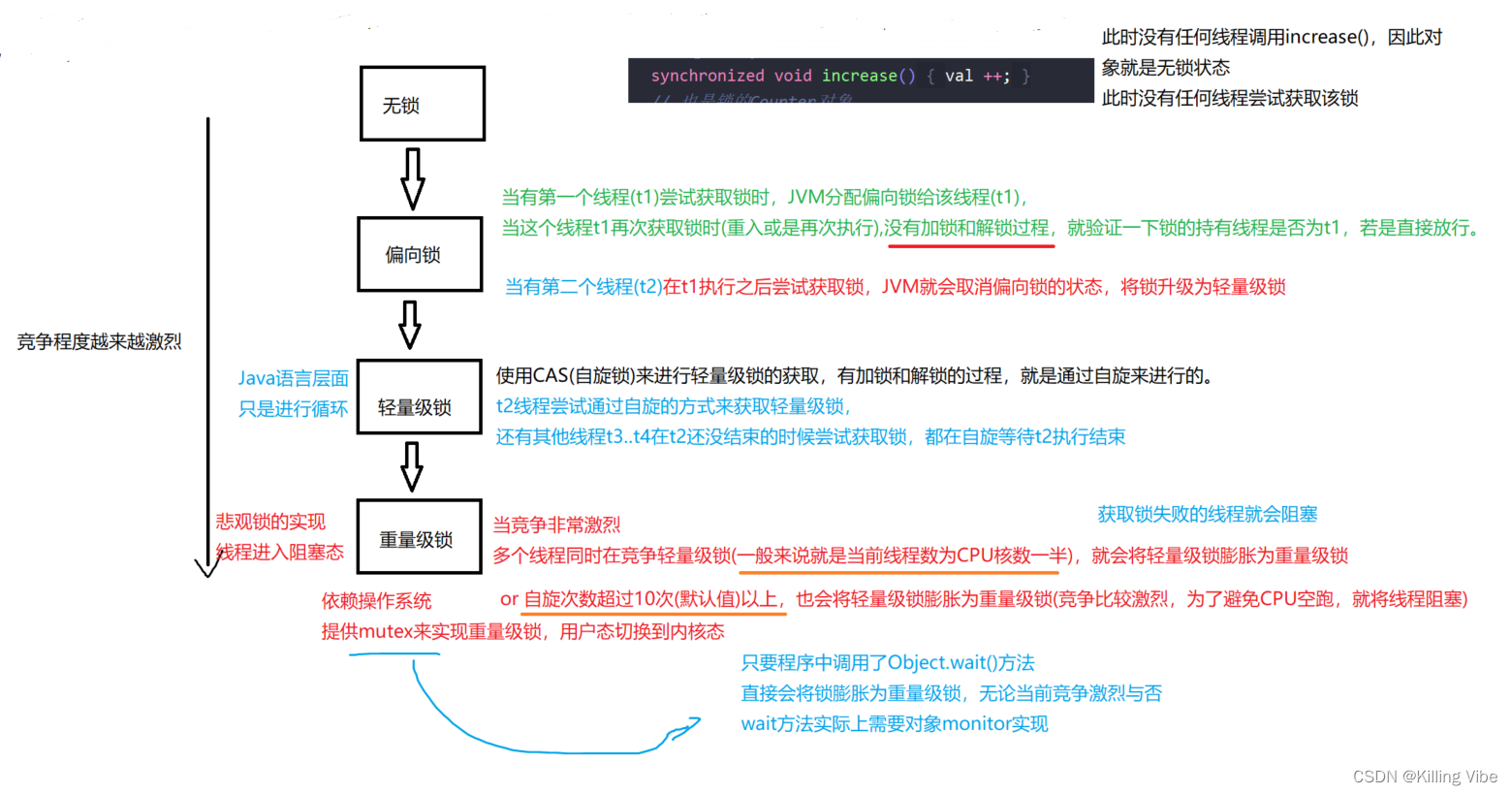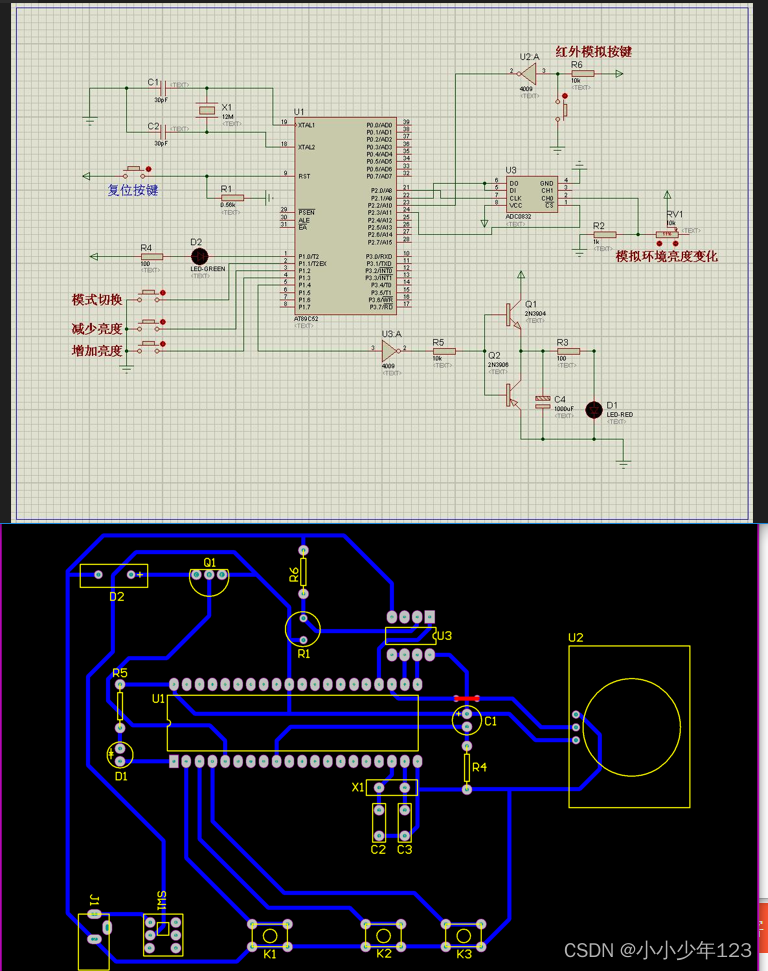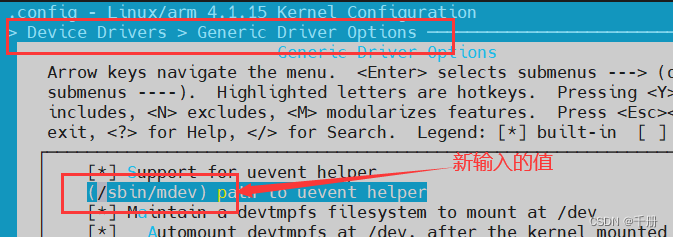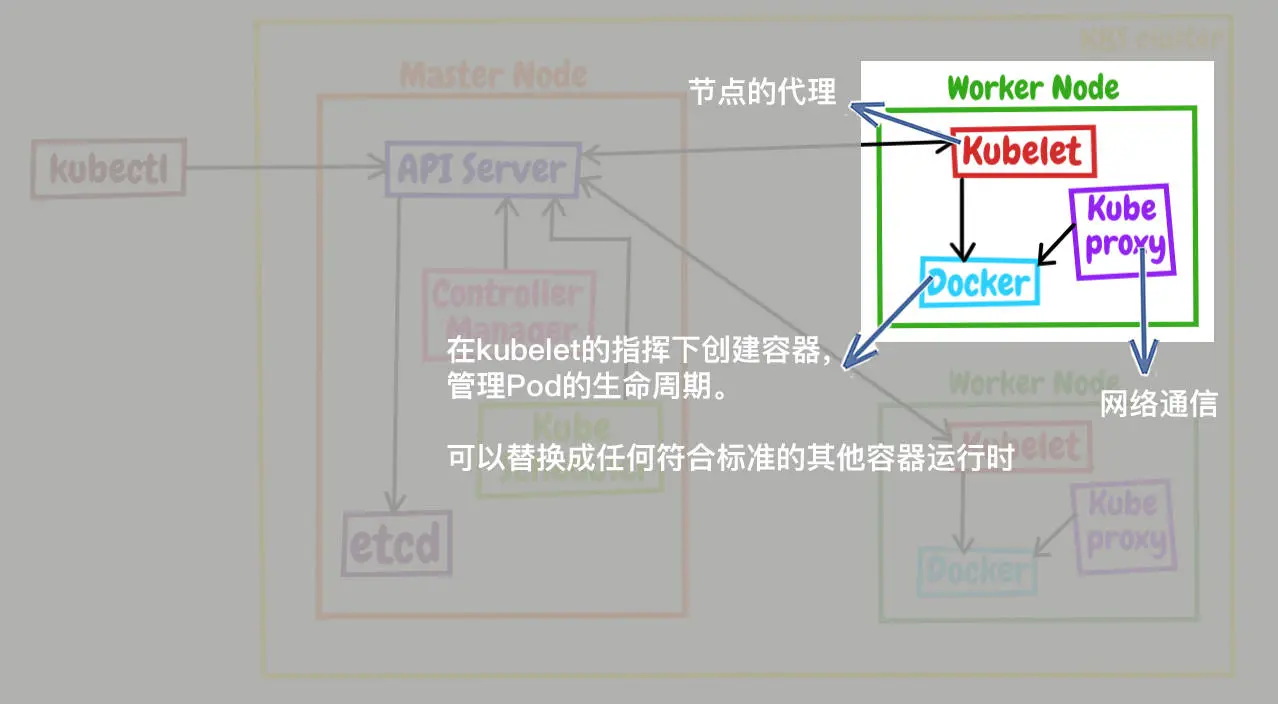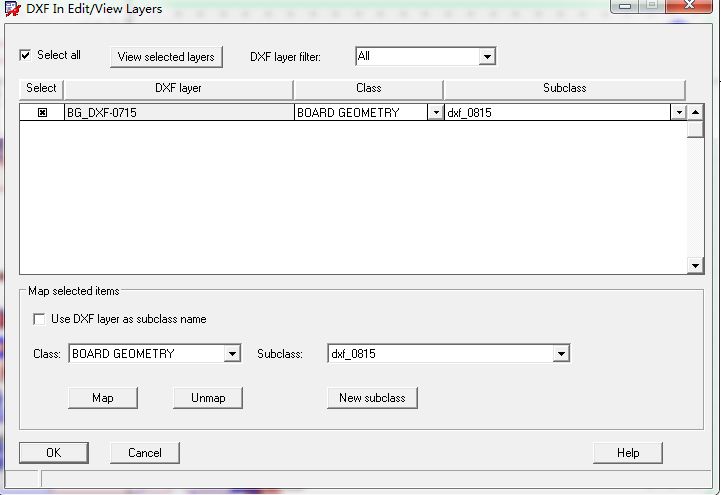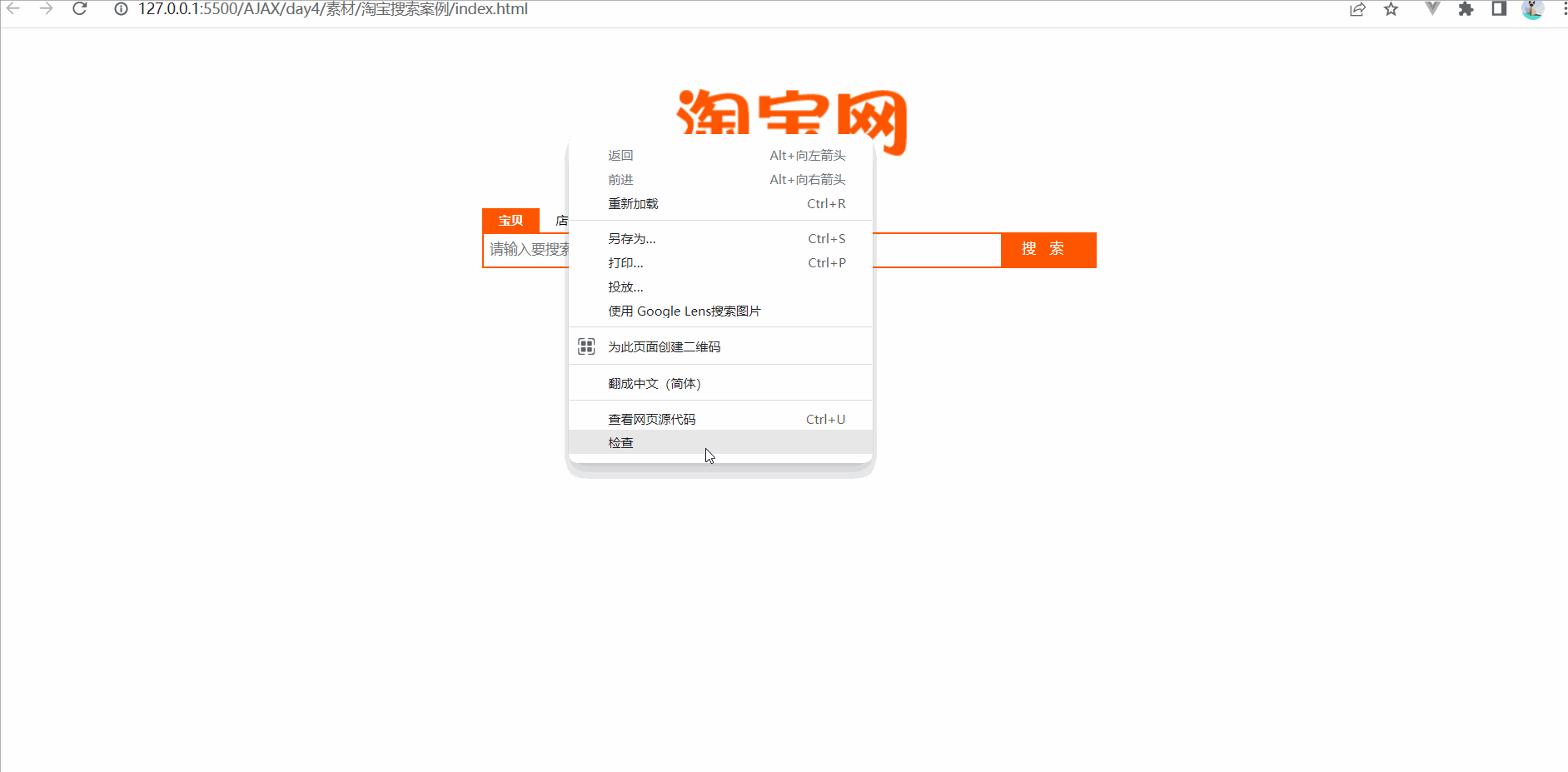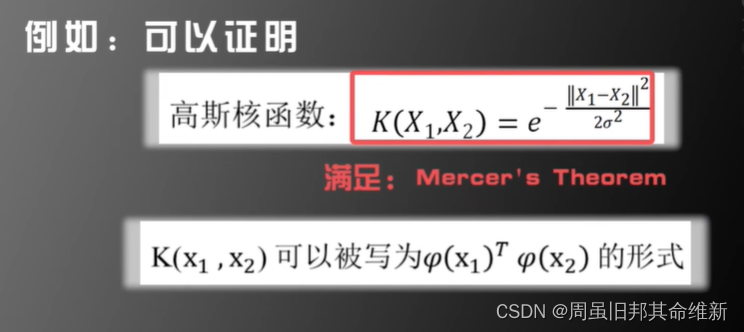文章目录
- 0 前言
- 1 项目背景
- 2 项目分析思维导图
- 3 项目分析具体步骤
- 3.1 读取数据
- 3.2 数据分析
- 3.1.1 数据预处理——每日使用量分析
- 3.1.2 连续7天的单日使用分析结论
- 3.1.3 数据预处理——每日不同时间段的使用量分析
- 3.1.4 每日不同时间段使用量分析结论
- 3.1.5 数据预处理——骑行距离的分析
- 3.1.6 数据预处理——高峰期单车迁移情况分析
- 3.1.7 数据预处理——用户使用频次分析
- 4 项目总结
- 4.1 分析明确了共享单车的使用场景:
- 4.2 改善性意见:
- 5 最后
0 前言
🔥 Hi,大家好,这里是丹成学长的毕设系列文章!
🔥 对毕设有任何疑问都可以问学长哦!
这两年开始,各个学校对毕设的要求越来越高,难度也越来越大… 毕业设计耗费时间,耗费精力,甚至有些题目即使是专业的老师或者硕士生也需要很长时间,所以一旦发现问题,一定要提前准备,避免到后面措手不及,草草了事。
为了大家能够顺利以及最少的精力通过毕设,学长分享优质毕业设计项目,今天要分享的新项目是
🚩 基于大数据的共享单车数据分析
🥇学长这里给一个题目综合评分(每项满分5分)
- 难度系数:4分
- 工作量:4分
- 创新点:3分
🧿 选题指导, 项目分享:
https://gitee.com/yaa-dc/BJH/blob/master/gg/cc/README.md
1 项目背景
公共交通工具的“最后一公里”是城市居民出行采用公共交通出行的主要障碍,也是建设绿色城市、低碳城市过程中面临的主要挑战。
共享单车(自行车)企业通过在校园、地铁站点、公交站点、居民区、商业区、公共服务区等提供服务,完成交通行业最后一块“拼图”,带动居民使用其他公共交通工具的热情,也与其他公共交通方式产生协同效应。
共享单车是一种分时租赁模式,也是一种新型绿色环保共享经济。自2014年ofo首次提出共享单车概念,至今已陆续产生了25个共享单车品牌,与传统的有桩借还自行车相比,无桩的共享单车自由度更高,广受用户好评。
本次分析拟取2017年5月中旬某共享单车在北京地区的车辆订单数据,从时间、空间、频次三个维度进行分析,对该品牌共享单车的发展方向提出改善性意见。
2 项目分析思维导图

3 项目分析具体步骤
3.1 读取数据
from geopy.geocoders import BaiduV3
from geopy import distance
import geohash as gh
import pandas as pd
import numpy as np
import matplotlib.pyplot as plt
from pyecharts.charts import *
from pyecharts import options as opts
import datetime
%matplotlib inline
fpath="../data/shared-bakes/train.csv"
df_shared_bakes=pd.read_csv(fpath,encoding="gbk")
df_shared_bakes.head()

3.2 数据分析
3.1.1 数据预处理——每日使用量分析
df_shared_bakes_time_sorted=df_shared_bakes.sort_values(by="starttime")
df_shared_bakes_time_sorted.head()

#完整数据的时间跨度为2017-5-10至2017-5-24,历时15天
early=df_shared_bakes_time_sorted.iloc[0,:]
last=df_shared_bakes_time_sorted.iloc[-1,:]
print(early.starttime)
print(last.starttime)
df_shared_bakes_time_in_range=df_shared_bakes_time_sorted.loc[df_shared_bakes_time_sorted["starttime"]<"2017-05-17",:]
df_shared_bakes_time_in_range.iloc[-1,:]
#提取连续7天数据的1%用于时间维度的分析
df_shared_bakes_data_used=df_shared_bakes_time_in_range.loc[df_shared_bakes_time_in_range.index%100==0,:]
df_shared_bakes_data_used.info()
#2017-05-10是星期三
#对比7天内每天的用户总量,分析工作日与周末的使用量是否存在差异
df_used_by_date=df_shared_bakes_data_used
a=df_used_by_date["starttime"].str.split(" ",expand=True)
#a
df_used_by_date.loc[:,"startdate"]=a.loc[:,0]
df_used_by_date.loc[:,"startetime"]=a.loc[:,1]
#df_used_by_date.head()
s_used_by_date=df_used_by_date.groupby("startdate").count()["userid"]
s_used_by_date

3.1.2 连续7天的单日使用分析结论
- 工作日相较于周末使用量更多
- 分别比较工作日与周末的使用量,整体趋势为稳步增长趋势
#工作日比周末(13,14日)的使用量更多
bar_used_by_date=(Bar()
.add_xaxis(list(s_used_by_date.index))
.add_yaxis("每日单车使用次数/100",list(s_used_by_date))
.set_global_opts(
title_opts={"text":"连续7天的单日使用量统计","subtext":"取连续7天数据的1%进行统计"})
)
bar_used_by_date.render_notebook()

#工作日平均每天的使用量占比约为54.23%,周末平均每天使用量占比45.77%
workday_used_mean=s_used_by_date[s_used_by_date.index.isin(["2017-05-10","2017-05-11","2017-05-12","2017-05-15","2017-05-16"])].sum()/5
weekend_used_mean=s_used_by_date[s_used_by_date.index.isin(["2017-05-13","2017-05-14"])].sum()/2
#print(workday_used_mean)
#print(weekend_used_mean)
weekend_pct=round(weekend_used_mean*100/(weekend_used_mean+workday_used_mean),2)
workday_pct=round(workday_used_mean*100/(weekend_used_mean+workday_used_mean),2)
pie_used_data=[["workday "+str(workday_pct)+"%",workday_used_mean],["weekend "+str(weekend_pct)+"%",weekend_used_mean]]
pie_used=(Pie()
.add("",pie_used_data,center=["35%","50%"],radius=[0,175])
.set_global_opts(title_opts=opts.TitleOpts(title="工作日与周末平均使用量占比统计")))
pie_used.render_notebook()
#s_used_by_date.sum()
#s_used_by_date.sum()

3.1.3 数据预处理——每日不同时间段的使用量分析
#提取小时信息,用于每日不同时间段的使用量分析
df_used_by_date.loc[:,"hour"]=df_used_by_date["startetime"].str.slice(0,2)
#df_used_by_date.loc[:,"startetime"]
df_used_by_date.head()

#将数据分为7个单日,分布分析每日不同时间段的使用量
Wednesday=df_used_by_date.loc[df_used_by_date.startdate=="2017-05-10",:]
Thursday=df_used_by_date.loc[df_used_by_date.startdate=="2017-05-11",:]
Friday=df_used_by_date.loc[df_used_by_date.startdate=="2017-05-12",:]
Saturday=df_used_by_date.loc[df_used_by_date.startdate=="2017-05-13",:]
Sunday=df_used_by_date.loc[df_used_by_date.startdate=="2017-05-14",:]
Monday=df_used_by_date.loc[df_used_by_date.startdate=="2017-05-15",:]
Tuesday=df_used_by_date.loc[df_used_by_date.startdate=="2017-05-16",:]
Wednesday_used=Wednesday.groupby("hour").count()["userid"]
Thursday_used=Thursday.groupby("hour").count()["userid"]
Friday_used=Friday.groupby("hour").count()["userid"]
Saturday_used=Saturday.groupby("hour").count()["userid"]
Sunday_used=Sunday.groupby("hour").count()["userid"]
Monday_used=Monday.groupby("hour").count()["userid"]
Tuesday_used=Tuesday.groupby("hour").count()["userid"]
#对比每一天不同时间的使用量,分析是否存在有规律的使用峰值等特征
#工作日与周末分布有不同的分布规律,分别分析
Line_used_by_time=(Line()
.add_xaxis(list(Wednesday_used.index))
.add_yaxis("Wednesday",Wednesday_used)
.add_yaxis("Thursday",Thursday_used)
.add_yaxis("Friday",Friday_used)
.add_yaxis("Saturday",Saturday_used)
.add_yaxis("Sunday",Sunday_used)
.add_yaxis("Monday",Monday_used)
.add_yaxis("Tuesday",Tuesday_used)
.set_series_opts(
label_opts=opts.LabelOpts(is_show=False))
.set_global_opts(
title_opts=opts.TitleOpts(title="连续7天单日不同时间段使用量统计",subtitle="取连续7天数据的1%进行统计"),
legend_opts=opts.LegendOpts(pos_left="right"))
)
Line_used_by_time.render_notebook()

3.1.4 每日不同时间段使用量分析结论
- 工作日早晚各有一个峰值,中午12点有一个小峰值,说明工作日的单车使用时间符合通勤高峰时间规律,工作日的使用场景以通勤为主,还伴有部分午餐时间的使用
- 周末在8点至21点区间内使用量平缓分布,中午11至12点、晚5点至7点各有一个小高峰,说明周末的单车使用时间与午餐、晚餐时间相关,即周末的使用场景以休闲、聚餐为主
- 结合前述单日总使用量的对比,通勤需求产生的使用量更大,可能产生潮汐现象(后续具体分析)
- 可以选择工作日非高峰时段或周末进行单车维修、保养等工作
#对比工作日与周末不同时间的使用量,分析分布规律
Line_used_by_time_new=(Line()
.add_xaxis(list(Weekend_used.index))
.add_yaxis("Weekend",Weekend_used,
markpoint_opts=opts.MarkPointOpts(data=[opts.MarkPointItem(type_="max")]))
.add_yaxis("Workday",Workday_used,
markpoint_opts=opts.MarkPointOpts(data=[opts.MarkPointItem(type_="max")]))
.set_series_opts(
label_opts=opts.LabelOpts(is_show=False))
)
Line_used_by_time_new.render_notebook()

3.1.5 数据预处理——骑行距离的分析
df_used_by_date=df_used_by_date.reset_index(drop=True)
df_used_by_date.head()
#当前位置数据采用geohash编码方式,geohash编码长度为7位
#解码后发现经纬度在小数点后两位时,geohash编码的第7位无法有效区分
#因此距离小于850m时,无法明确计算出距离,统一用0值填充
s_series=df_used_by_date.loc[:,"geohashed_start_loc"]
e_series=df_used_by_date.loc[:,"geohashed_end_loc"]
for i in df_used_by_date.index:
s=gh.decode(s_series[i])
e=gh.decode(e_series[i])
s_loc=str(float(s[0]))+","+str(float(s[1]))
e_loc=str(float(e[0]))+","+str(float(e[1]))
df_used_by_date.loc[i,"起始纬度"]=float(s[0])
df_used_by_date.loc[i,"起始经度"]=float(s[1])
df_used_by_date.loc[i,"结束纬度"]=float(e[0])
df_used_by_date.loc[i,"结束经度"]=float(e[1])
df_used_by_date.loc[i,"起始点距离"]=distance.distance(s,e).km
if i%1000==0:
print(f'{round(i*100/(df_used_by_date.index.stop-1),5)}%')
elif i==df_used_by_date.index.stop-1:
print("100%")
df_used_by_date.head(10)
#工作日与周末的分布情况相似,大部分用户的骑行距离都小于1.4km
dis_10=round(df_used_by_date.loc[df_used_by_date.startdate=="2017-05-10","起始点距离"],2)
dis_11=round(df_used_by_date.loc[df_used_by_date.startdate=="2017-05-11","起始点距离"],2)
dis_12=round(df_used_by_date.loc[df_used_by_date.startdate=="2017-05-12","起始点距离"],2)
dis_13=round(df_used_by_date.loc[df_used_by_date.startdate=="2017-05-13","起始点距离"],2)
dis_14=round(df_used_by_date.loc[df_used_by_date.startdate=="2017-05-14","起始点距离"],2)
dis_15=round(df_used_by_date.loc[df_used_by_date.startdate=="2017-05-15","起始点距离"],2)
dis_16=round(df_used_by_date.loc[df_used_by_date.startdate=="2017-05-16","起始点距离"],2)
box=(Boxplot()
.add_xaxis(["2017-05-10","2017-05-11","2017-05-12","2017-05-13","2017-05-14","2017-05-15","2017-05-16"])
.add_yaxis("",Boxplot.prepare_data([dis_10,dis_11,dis_12,dis_13,dis_15,dis_15,dis_16]))
.set_global_opts(title_opts=opts.TitleOpts(title="用户骑行距离统计")))
box.render_notebook()

#骑行距离不超过1km的用户占比过半
df_used_by_date["起始点int值"]=df_used_by_date.起始点距离.astype(int)
dis_grouped=df_used_by_date.groupby("起始点int值").count()["userid"]
pie_dis_x=list(str(i)+"-"+str(i+1)+" km" for i in dis_grouped.index)
dis_data=list(list(z) for z in zip(pie_dis_x,dis_grouped))
dis_data[0][0]="小于1 km"
pie_dis=(Pie()
.add("",dis_data,center=["35%", "60%"],radius=[0, 175])
.set_global_opts(title_opts=opts.TitleOpts(title="骑行距离比例分布",pos_bottom="83%"))
)
pie_dis.render_notebook()

3.1.6 数据预处理——高峰期单车迁移情况分析
#df_used_by_date.起始纬度.min()——26.14
#df_used_by_date.起始纬度.max()——40.3
#df_used_by_date.起始经度.min()——114.15
#df_used_by_date.起始经度.max()——121.52
#df_used_by_date.结束纬度.min()——26.13
#df_used_by_date.结束纬度.max()——40.3
#df_used_by_date.结束经度.min()——114.14
#df_used_by_date.结束经度.max()——121.51
#提取7-8点时间段内所有被使用的单车的起点位置和终点位置
df_hour_7=df_used_by_date.loc[df_used_by_date.hour=="07",:]
start_point_7=df_hour_7.groupby(["起始经度","起始纬度"]).count()["orderid"]
start_point_7=start_point_7.reset_index(drop=False)
t=zip(start_point_7["起始经度"],start_point_7["起始纬度"],start_point_7["orderid"])
start_loc_7=[]
for z in t:
#print(z)
start_loc_7.append(list(z))
end_point_7=df_hour_7.groupby(["结束经度","结束纬度"]).count()["orderid"]
end_point_7=end_point_7.reset_index(drop=False)
t=zip(end_point_7["结束经度"],end_point_7["结束纬度"],end_point_7["orderid"])
end_loc_7=[]
for z in t:
#print(z)
end_loc_7.append(list(z))
#提取8-9点时间段内所有被使用的单车的起点位置和终点位置
df_hour_8=df_used_by_date.loc[df_used_by_date.hour=="08",:]
start_point_8=df_hour_8.groupby(["起始经度","起始纬度"]).count()["orderid"]
start_point_8=start_point_8.reset_index(drop=False)
t=zip(start_point_8["起始经度"],start_point_8["起始纬度"],start_point_8["orderid"])
start_loc_8=[]
for z in t:
#print(z)
start_loc_8.append(list(z))
end_point_8=df_hour_8.groupby(["结束经度","结束纬度"]).count()["orderid"]
end_point_8=end_point_8.reset_index(drop=False)
t=zip(end_point_8["结束经度"],end_point_8["结束纬度"],end_point_8["orderid"])
end_loc_8=[]
for z in t:
#print(z)
end_loc_8.append(list(z))
#将7-8点时间段内的点起始位置分布绘制为两张图
bar_3D_start_7=(Bar3D()
.add("",
start_loc_7)
.set_global_opts(
title_opts=opts.TitleOpts(title="7-8点单车迁移情况统计",subtitle="7-8点单车起始位置分布"),
visualmap_opts=opts.VisualMapOpts(
max_=8,
min_=5,
range_color=[
"#313695",
"#4575b4",
"#74add1",
"#abd9e9",
"#e0f3f8",
"#ffffbf",
"#fee090",
"#fdae61",
"#f46d43",
"#d73027",
"#a50026",
],
)
))
bar_3D_end_7=(Bar3D()
.add("",
end_loc_7)
.set_global_opts(
title_opts=opts.TitleOpts(title="",subtitle="7-8点单车结束位置分布"),
visualmap_opts=opts.VisualMapOpts(
max_=8,
min_=5,
range_color=[
"#313695",
"#4575b4",
"#74add1",
"#abd9e9",
"#e0f3f8",
"#ffffbf",
"#fee090",
"#fdae61",
"#f46d43",
"#d73027",
"#a50026",
],
)))


3.1.7 数据预处理——用户使用频次分析
user_frequency=pd.DataFrame(df_shared_bakes_time_in_range.groupby("userid").count()["orderid"])
user_frequency=user_frequency.reset_index()
pie_user_frequency_data=user_frequency.groupby("orderid").count()["userid"]
more_than_10=pie_user_frequency_data[pie_user_frequency_data.index>10].sum()
pie_user_frequency_data=pie_user_frequency_data[:11]
pie_user_frequency_data[11]=more_than_10
pie_user_frequency_data=list(list(z) for z in zip(pie_user_frequency_data.index,pie_user_frequency_data))
pie_user_frequency_data[10][0]="大于10次"
date=df_shared_bakes_time_in_range["starttime"].str.slice(0,10)
df_shared_bakes_time_in_range.loc[:,"startdate"]=date
df_shared_bakes_time_in_range.head()
#date
user_frequency_weekend=pd.DataFrame(df_shared_bakes_time_in_range.loc[df_shared_bakes_time_in_range.startdate.isin(weekend),:].groupby("userid").count()["orderid"])
user_frequency_workday=pd.DataFrame(df_shared_bakes_time_in_range.loc[df_shared_bakes_time_in_range.startdate.isin(workday),:].groupby("userid").count()["orderid"])
user_frequency_weekend=user_frequency_weekend.reset_index()
user_frequency_workday=user_frequency_workday.reset_index()
pie_user_frequency_data_weekend=user_frequency_weekend.groupby("orderid").count()["userid"]
pie_user_frequency_data_workday=user_frequency_workday.groupby("orderid").count()["userid"]
more_than_10_weekend=pie_user_frequency_data_weekend[pie_user_frequency_data_weekend.index>10].sum()
more_than_10_workday=pie_user_frequency_data_workday[pie_user_frequency_data_workday.index>10].sum()
pie_user_frequency_data_weekend=pie_user_frequency_data_weekend[:11]
pie_user_frequency_data_workday=pie_user_frequency_data_workday[:11]
pie_user_frequency_data_weekend[11]=more_than_10_weekend
pie_user_frequency_data_workday[11]=more_than_10_workday
pie_user_frequency_data_weekend=list(list(z) for z in zip(pie_user_frequency_data_weekend.index,pie_user_frequency_data_weekend))
pie_user_frequency_data_workday=list(list(z) for z in zip(pie_user_frequency_data_workday.index,pie_user_frequency_data_workday))
pie_user_frequency_data_weekend[10][0]="大于10次"
pie_user_frequency_data_workday[10][0]="大于10次"

-
一周内用户的使用次数大量分布在10次以下,50%的用户使用次数为4次及以下
-
周末期间用户使用单车的次数普遍分布在3次及以下
-
工作日期间用户使用共享单车的次数普遍分布在5次及以下,使用3次及以下的用户占比近一半
-
工作日期间的用户使用频次有较大提升空间,通勤时段用户有大量使用需求,但总体来看使用频次仍偏低,考虑改进两个因素
-
因素一 高峰时段的车辆分布情况,是否因为高峰时段车辆数量不足,导致用户无法使用到单车
-
因素二 用户粘性差,是否用户对本品牌的单车选择倾向性低,可以考虑加大月卡等套餐的推广力度,或提升本品牌单车品质
*工作日期间使用单车次数6次及以上的用户为高粘性用户,占比约30%
4 项目总结
4.1 分析明确了共享单车的使用场景:
- 工作日早晚高峰的通勤需求和午餐时间部分用户外出用餐需求
- 周末午餐、晚餐时间外出就餐需求,以及白天无明显峰值的外出需求
- 短距离骑行(1.4公里内)
4.2 改善性意见:
- 工作日高峰期时间段有明显的潮汐现象,可以提前增加高用车需求区域的单车投放量
- 用户使用频次有提升空间,考虑到工作日的通勤需求,五个工作日期间有近50%的用户使用频次不超过三次,用户粘性较差,可以推广月卡或优惠套餐等进一步提升用户粘性


![[附源码]计算机毕业设计JAVAjsp闲置物品线上交易系统](https://img-blog.csdnimg.cn/3bb6a04cc9b1433cb514adb16dcd99b1.png)




